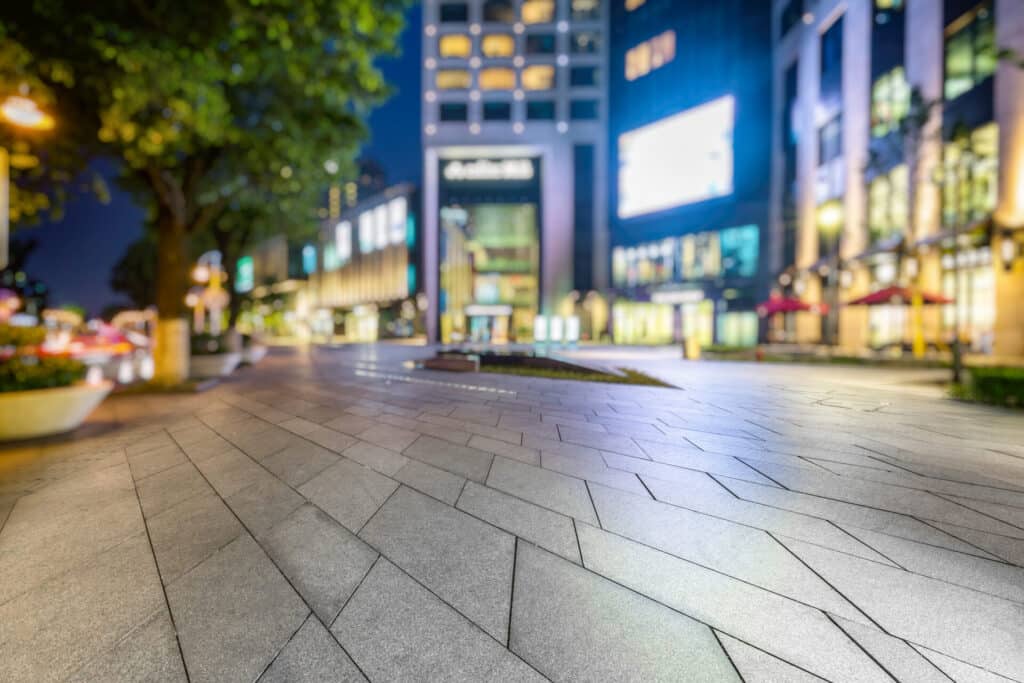
The rise of entertainment districts
Designing and building the ultimate intersection of life, work, and play.
In communities throughout the 7 Rivers Region, including Rochester, MN, La Crosse, WI, and beyond, developers are innovating approaches to design and build the ultimate intersection of live, work, and play. The rise of entertainment districts represents a powerful shift in the design and build landscape and an opportunity to help cities evolve into unique, magnetic destinations. While some emerging entertainment districts encompass only a handful of blocks, others are ambitious projects that makeover city centers and broaden the definition of what an entertainment district can become.
Entertainment districts: who pays the bill?
Entertainment districts remain a strong contender in the effort to revitalize urban spaces. They generate tax revenue, they transform spaces and draw visitors, and they can improve the quality of life for individuals and families by creating jobs and economic opportunities and expanding housing located in the center of things, potentially reducing commute time. For local businesses, entertainment districts can even help attract and retain a new labor pool. Moreover, entertainment districts often inspire revitalization and commercial construction far beyond their borders for years to come.
In tandem with the obvious advantages demonstrated by full-scale entertainment districts, the question of financing frequently becomes a sticking point, and voter support for tax incentives is sometimes in question, as was the case recently in Tempe, Arizona, where developers had hoped to build an entertainment district with an arena for the Arizona Coyotes NHL franchise. Yet many options exist, and as with all commercial construction projects — the solutions can be multifaceted. In some cases, as in the proposed Miami Freedom Park, private funding is the answer. For others, tax credits and tax increment financing help the dream become a reality. Even bonds can sometimes help alleviate the cost burden, as in Anaheim, California’s ocV!BE district.
Forging a year-round, round-the-clock destination is key
For all entertainment districts, particularly those anchored by a sports stadium or franchise, designing and building a destination that holds appeal during off-hours and the off-season is essential. For many developers, that means including residential housing and office spaces in their proposed entertainment districts. Creating a center with year-round attractions, amenities, and events that maintain their appeal outside of game days ensures a district maintains its vitality. Hotels, dining, museums, co-working spaces, performance venues, and even theme parks have been embraced in some booming entertainment districts, enabling the district to attract millions of visitors a year.
The next entertainment district development is within reach
As entertainment districts evolve and prove their worth to municipalities and private investors, it’s clear that opportunity exists in the 7 Rivers Region to revitalize and grow our city centers so that they might maintain or resurrect their appeal. Building an entertainment district in Rochester, MN, or La Crosse, WI, starts with design and build, which can help you optimize your project ambitions and budget. Connect with us today to get started envisioning an entertainment district that will serve as a magnetic center of the city.